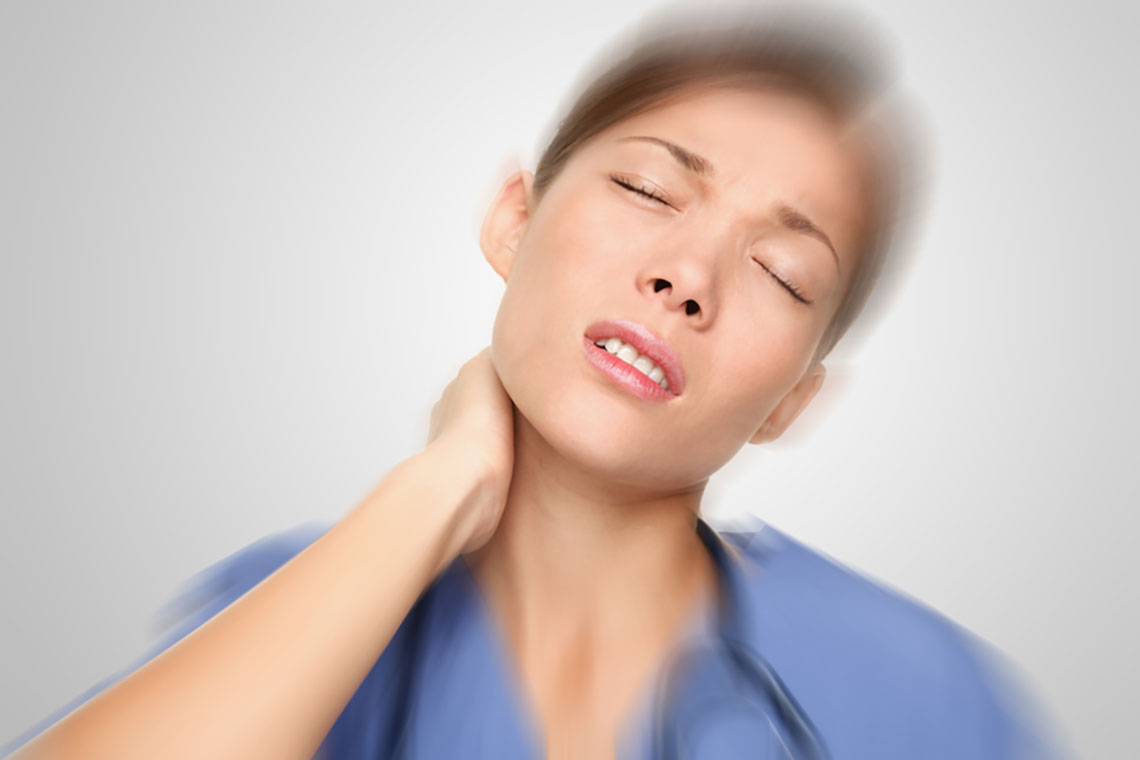According to the Center for Disease Control, health care workers have the highest rates of musculoskeletal injuries in America. The overextension injury rate for hospital workers is twice that of workers across all industries, and the rate for nursing home workers in particular is three times higher than average.
The American Nurses Association also released data stating nurses have the highest claim rates for occupation related incidents, and nearly half of all nurses consider leaving the field because of the potential injuries.
So, how has the healthcare community coped? Depends on who you ask.
A lot of research and training has gone into back pain and injury prevention for nurses, who are advised to use proper “body mechanics” when lifting and moving patients.
They are typically instructed to:
- Bend their knees when lifting, as opposed to their backs
- Keep patients and/or objects close to their mid-section, which is their center of gravity
- Use transfer boards and get assistance from a second person
- Get in shape, as nurses with normal weight, flexibility and muscle strength have lower incidents of back injuries
- Wear supportive shoes with quality shock absorbers
While these things can help, protocol can often suffer in the heat of the moment. Quick action is needed to prevent a patient from falling; a second person isn’t always there to help.
Some patients are unconscious or completely limp.
So even when nurses are taking the proper precautions, William Marras, the director of the Spine Research Institute at Ohio State University said that’s not enough.
"The magnitude of these forces that are on your spine are so large that the best 'body mechanics' in the world are not going to keep you from getting a back problem," he said in an interview with NPR.
“There’s no safe way to do it with body mechanics.”
Marras conducted a study in 1999 where nurses handled patients weighing up to 300 pounds.
He placed a device on the nurses’ bodies to analyze the impact and this is what he found.
Even if nurses try to lift patient while keeping them close to their center of gravity, nurses still have to stand at the side of the bed further away from the patient to begin the process
Nurses bend over their patients often, which can lead to bones along the spine disengaging and taking lots of force
These back pressures suffered by nursing leads to microscopic tears that turn into scar tissue which blocks nutrients from reaching disks, ultimately leading to collapsed discs.
Even two or more nurses working together to lift a patient can still injure their backs
Instead of attempting to use the well-intentioned, but inadequate “body mechanics” method, Marras advocates using technology, be it motorized patient lifts or electronic transfer tools. He’s said if hospital staff stops relying on their own strength and use technology similar to factory workers who move heavy parts, and this well dramatically improve the risk of injury among nurses.
Since those findings were released, evidence has continued to mount that proper equipment is needed for lifting patients.
Respected nurse organization like the American Nurses Association and National Nurses United supports those findings, yet this NPR report claims that most hospitals have not added lifting equipment for the staff. The reasons vary, from issues of budget to nurse back injuries being considered less important than other problems in the hospital.
The fact remains, regardless of how important or unimportant hospitals deem nurse back pain and injury, it’s a major problem for the nurses who deal with it.
It not only affects their quality of work, it can potentially end their career and cause long lasting issues.
We hope that all hospitals will recognize that neglecting their pained nurses will only hurt their patients, and nurses are the heart of the operation.
However, if you are beginning to suffer from back pain and injury, one of the best options you have is to 1) start looking for a job in a facility with adequate technology and on the job training to prevent injury or 2) Explore nursing positions that are physically less demanding, like this work at home options https://ceufast.com/blog/work-at-home-options-for-nurses or less grueling opportunities like a nurse anesthetist or other nonclinical jobs like a nurse researcher. (See more nursing career positions here: http://www.thebestschools.org/blog/2011/11/23/10-nursing-careers/)
In the meantime, staying flexible is your best bet in dealing with the unpredictable nature of nursing injuries.
ScrubsMag developed a lovely tool that demonstrates how to stretch for lower back pain, back and neck pain, shoulder and neck pain and then a stretch designed to prevent future pain.
http://scrubsmag.com/nurse-back-neck-head-pain-relief-tool/
For more information on hospitals that aren’t using lifting tools to protect their nurses, see NPR’s report here:
http://www.npr.org/2015/02/04/382639199/hospitals-fail-to-protect-nursing-staff-from-becoming-patients
Read Marras’ 1999 study here:
https://spine.osu.edu/sites/spine.osu.edu/files/uploads/Publications/1999/Ergonomics_1999_42-7_904-926.pdf
Top 5 Exercises Making Your Back Pain Worse:
https://www.startstanding.org/top-5-exercises-making-your-back-pain-worse/




